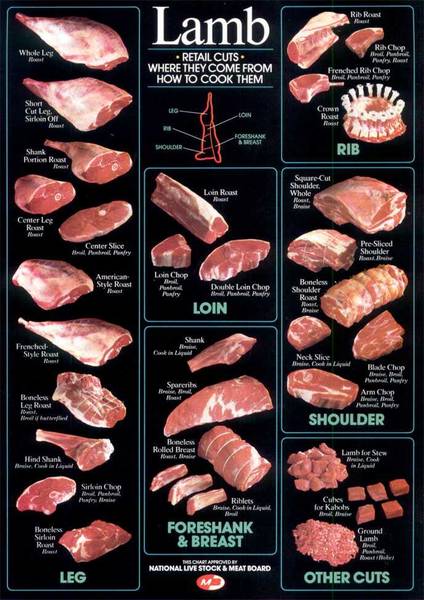
Understanding Lamb Cuts for Home Cooking
When it comes to cooking lamb at home, knowing the different cuts is crucial for creating delicious meals. Each cut offers a unique texture, flavor, and cooking method, which can significantly influence the outcome of a dish.
Exploring Lamb Cuts
Lamb is a versatile protein with cuts ranging from tender to tougher options. Understanding where each cut comes from and their cooking requirements can simplify your meal planning. Here’s a quick breakdown of popular lamb cuts:
- Shoulder: Rich in flavor with more fat and connective tissue, ideal for slow-roasting or stewing.
- Loin: Known for tenderness, perfect for quick cooking methods like grilling or pan-searing.
- Rack: The premium cut, commonly roasted or grilled, known for its delicate flavor.
- Leg: Versatile and often used for festive occasions, can be cooked bone-in or boneless.
- Breast: Economical with a rich flavor, best suited for slow cooking to enhance tenderness.
Choosing the Right Cut
Selecting the right cut involves considering the cooking method and occasion. For example, if planning a cozy stew, lamb shoulder or neck is the way to go, given their rich, robust flavors that meld beautifully with herbs and spices.
Conversely, when hosting guests, the elegant rack of lamb is bound to impress. Cooking techniques vary significantly depending on the cut, with some requiring slow cooking for tenderness while others can shine with quick, high-heat preparation.
By recognizing these distinctions, home cooks can elevate their lamb dishes, creating savory and memorable meals that reflect both personal tastes and culinary traditions. Each cut tells a story of flavor waiting to be unlocked in the kitchen!

Shoulder Cuts
When diving into the world of lamb cuts, the shoulder stands out as a true champion for hearty meals. It's a cut that embodies rich flavor and offers a range of cooking possibilities for home chefs eager to create delightful dishes.
Overview of Lamb Shoulder
Lamb shoulder is a well-used part of the animal, known for its robust taste and slightly fattier texture. This makes it a perfect candidate for slow cooking methods, allowing the fat and connective tissue to break down beautifully. Growing up, Sunday roasts with lamb shoulder were a cherished family tradition, and nothing beats the aroma of a shoulder roasting in the oven with garlic and rosemary wafting through the house.
- Key Characteristics:
- Rich in flavor
- Contains more fat and connective tissue
- Optimal for slow cooking
Cooking Techniques
Roasting the lamb shoulder is the most common preparation method, ideally achieving an internal temperature of 145°F. Here are a few popular cooking methods:
- Slow Roasting: A classic method that involves seasoning the shoulder generously with herbs, salt, and olive oil, then cooking it slowly until tender.
- Stewing: Perfect for making hearty lamb stews, where the meat can be cut into chunks and simmered with vegetables and spices.
- Braised Shoulder: An extraordinary option to bring out deep flavors, often paired with aromatic herbs and a splash of wine.
Each of these cooking methods will yield succulent, flavorful results that can serve as the centerpiece of any meal.
Meal Ideas Using Lamb Shoulder
For those unsure how to incorporate lamb shoulder into their dinner plans, here are some popular ideas:
- Lamb Vindaloo: A spiced curry dish that pairs well with rice or naan.
- Slow-Cooked Lamb Curry: Combine with your favorite veggies for a cozy dish.
- Lamb Shoulder Tacos: Shred the meat and serve with fresh salsa and guacamole.
With the shoulder's bold flavors, it transforms simple recipes into memorable family gatherings, just as it did in many kitchens across the globe. Embracing lamb shoulder in home cooking not only showcases a beloved cut but also enriches culinary experiences in delicious ways.
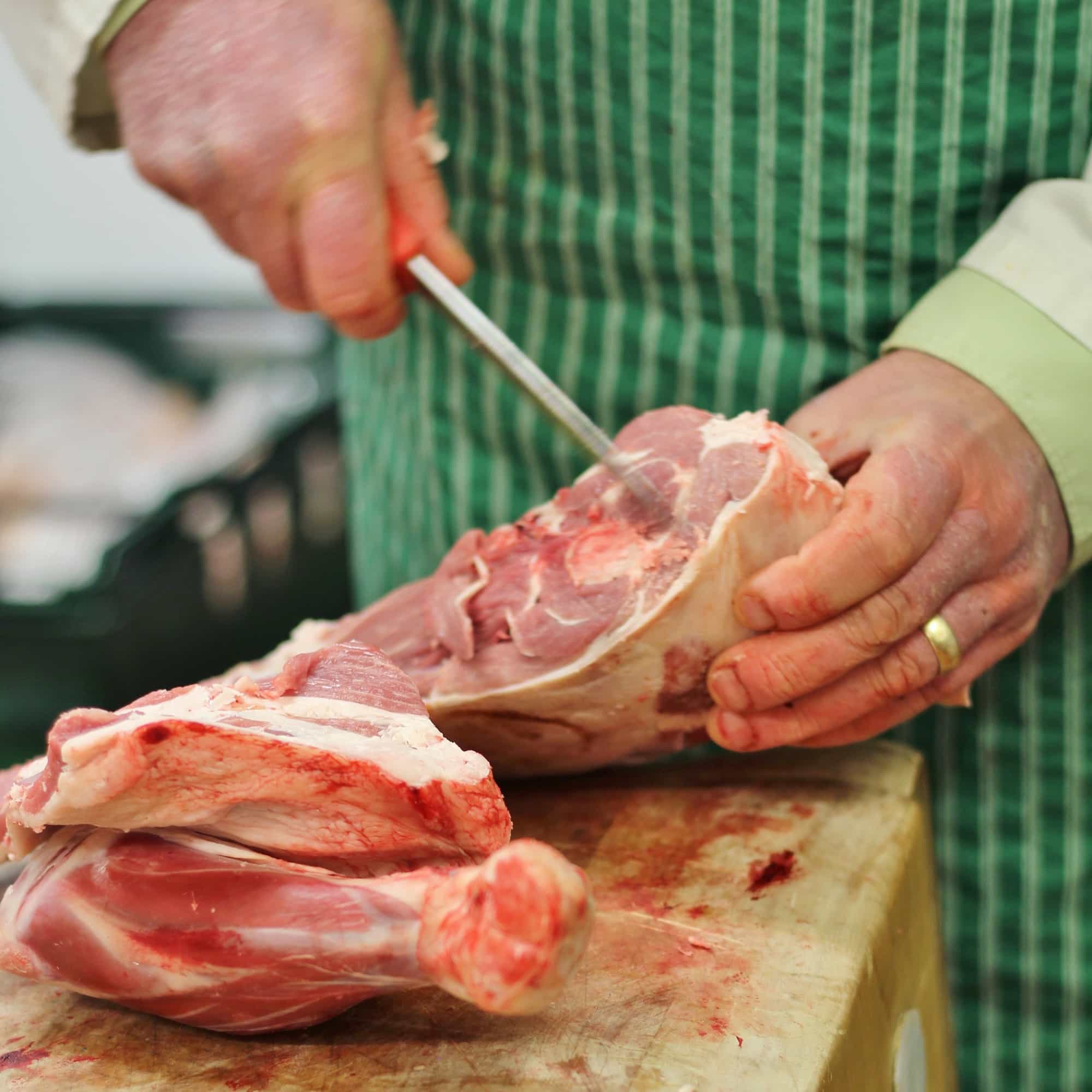
Leg Cuts
As we shift our focus to the leg cuts of lamb, it’s essential to appreciate how these cuts offer a delightful combination of flavor and tenderness. If shoulders are the workhorse of hearty meals, leg cuts represent sophistication and versatility, fitting for any occasion.
Overview of Lamb Leg Cuts
The leg of lamb is one of the largest and leanest cuts available, coming from the hindquarters. Its meat is known for its rich flavor, making it a favorite for special dinners and festive gatherings. Memories come flooding back of family dinners where a perfectly roasted leg of lamb would take center stage, accompanied by sides of roasted vegetables and mint sauce.
- Characteristics:
- Large and lean, typically weighing 7-8 pounds
- Strong, rich flavor due to the well-exercised muscles
- Ideal for roasting or grilling
Cooking Techniques
Leg cuts can be prepared in a variety of ways, making them incredibly versatile:
- Roasting: One of the most popular methods involves seasoning the leg generously and roasting it in the oven. Aim for an internal temperature of 135-145°F for medium-rare perfection.
- Grilling: For a smoky flavor, you can butterfly the leg and grill it. Marinating beforehand can enhance both flavor and tenderness.
- Braised Leg of Lamb: Slow-cooking the leg in a liquid—be it stock, wine, or even a flavorful marinade—produces a succulent dish that practically falls off the bone.
Meal Ideas Using Leg Cuts
Here are some tried-and-true recipes that can make any gathering special:
- Herb-Crusted Leg of Lamb: A classic preparation that highlights the meat's natural flavors.
- Greek-Style Roasted Leg of Lamb: Marinated with lemon and oregano for a zesty twist.
- Lamb Kebabs: Cubed leg meat marinated and grilled, perfect for summer barbecues.
With its delightful textures and flavors, the leg of lamb is a cut to celebrate at any meal, inviting everyone to gather around and savor the experience together. Whether for intimate family dinners or larger gatherings, lamb leg cuts promise to create memorable culinary moments.
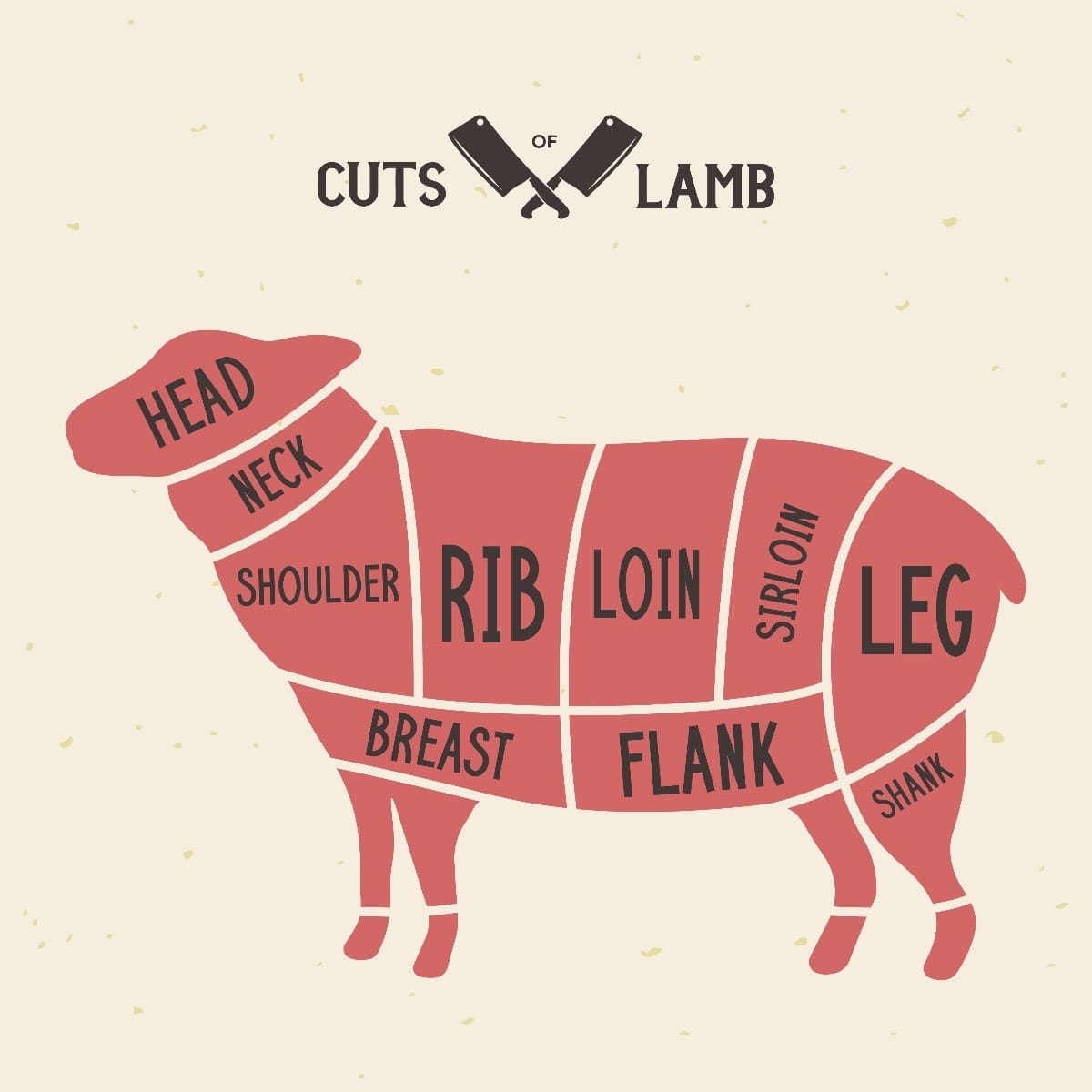
Cooking Techniques for Shoulder and Leg Cuts
Once you’ve chosen the perfect shoulder or leg cut of lamb, knowing how to cook it is vital for achieving delicious results. These cuts are prized for their flavor and can be prepared using various techniques to elevate any meal.
Shoulder Cuts: Best Cooking Methods
Lamb shoulder is rich in fat and connective tissue, making it ideal for slow, low cooking methods. Here are some recommended techniques:
- Roasting: This popular method involves seasoning the shoulder, then cooking it in the oven. Aiming for an internal temperature of 145°F will yield juicy and tender meat. The aroma of a roasted lamb shoulder with garlic and rosemary can fill the house, creating a warm, inviting atmosphere.
- Braised Lamb Shoulder: Braising allows the meat to slowly simmer in liquid, creating a rich, tender dish. This method is excellent for making hearty lamb stews or Mediterranean-style dishes. Simmering lamb with vegetables and aromatic spices results in tender bites that melt in your mouth.
- Grilling Shoulder Chops: For a quicker option, grilling shoulder chops can bring out the lamb's robust flavors. A simple marinade of olive oil, herbs, and garlic is perfect; they only require about 10-15 minutes on the grill.
Leg Cuts: Gourmet Cooking Techniques
Leg cuts are incredibly versatile and can be prepared in various ways:
- Roasting: Much like shoulder cuts, leg cuts also shine when roasted. They can be seasoned and slow-roasted for a beautiful centerpiece dish, or marinated for added depth. The combination of herbs and a bit of zest can elevate the flavor profile significantly.
- Grilling and BBQing: Leg steaks can be grilled to perfection, offering a deliciously charred exterior while keeping the inside tender and juicy. Marinating the leg in bold flavors allows for a tasty finish.
No matter how you choose to cook your lamb shoulder or leg cuts, the key is to let the natural flavors shine while incorporating your personal touch. Every meal promises to be an experience worth savoring!
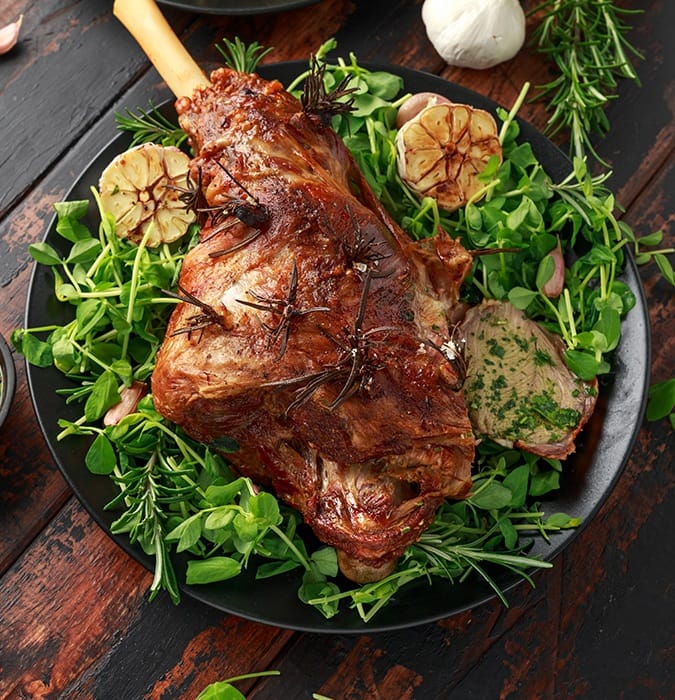
Pairing and Serving Suggestions
Once you've prepared your delicious lamb cuts, it's essential to consider how to pair and serve them for maximal enjoyment. Lamb’s rich flavor lends itself beautifully to a variety of sides, sauces, and beverages, enhancing the overall dining experience.
Complementary Sides
When thinking about sides to accompany lamb, consider options that balance and enhance its robust flavors. Here are some excellent pairings:
- Roasted Vegetables: Seasonal vegetables like carrots, parsnips, and Brussels sprouts, roasted in olive oil, provide a delightful contrast with lamb.
- Herb-Infused Rice or Quinoa: Light, fluffy grains flavored with thyme or rosemary can complement the meat without overpowering it.
- Minted Peas: A classic companion for lamb, fresh or frozen peas cooked with a touch of butter and mint offer a refreshing burst of flavor.
Growing up, my family often paired lamb with mint jelly, a nod to tradition that brings an unexpected sweet and tangy balance to each bite.
Delicious Sauces and Marinades
For an added burst of flavor, consider serving lamb with:
- Tzatziki Sauce: This Greek yogurt-based sauce adds creaminess and a refreshing zest, perfect for grilled lamb dishes.
- Red Wine Reduction: Cooking down red wine with shallots and herbs creates a rich, aromatic sauce that ties together roasted or grilled lamb beautifully.
- Chimichurri: This vibrant Argentine sauce made with parsley, garlic, olive oil, and vinegar adds a punch of flavor that brightens up lamb dishes.
Wine and Beverage Pairings
Choosing the right beverage can elevate your meal even further. Here are some classic pairings:
- Red Wines: Robust reds like Syrah or Cabernet Sauvignon complement lamb’s rich flavor superbly.
- White Wines: For a lighter option, Chardonnay or Sauvignon Blanc works well, especially with grilled lamb.
- Herbal Teas: Herbal or fruit-infused teas can provide a non-alcoholic pairing that adds a unique twist to your meal.
By thoughtfully considering pairings and serving suggestions, each lamb dish can shine, turning ordinary dinners into cherished family experiences. So gather your loved ones around the table and enjoy the richness of perfectly cooked lamb together!
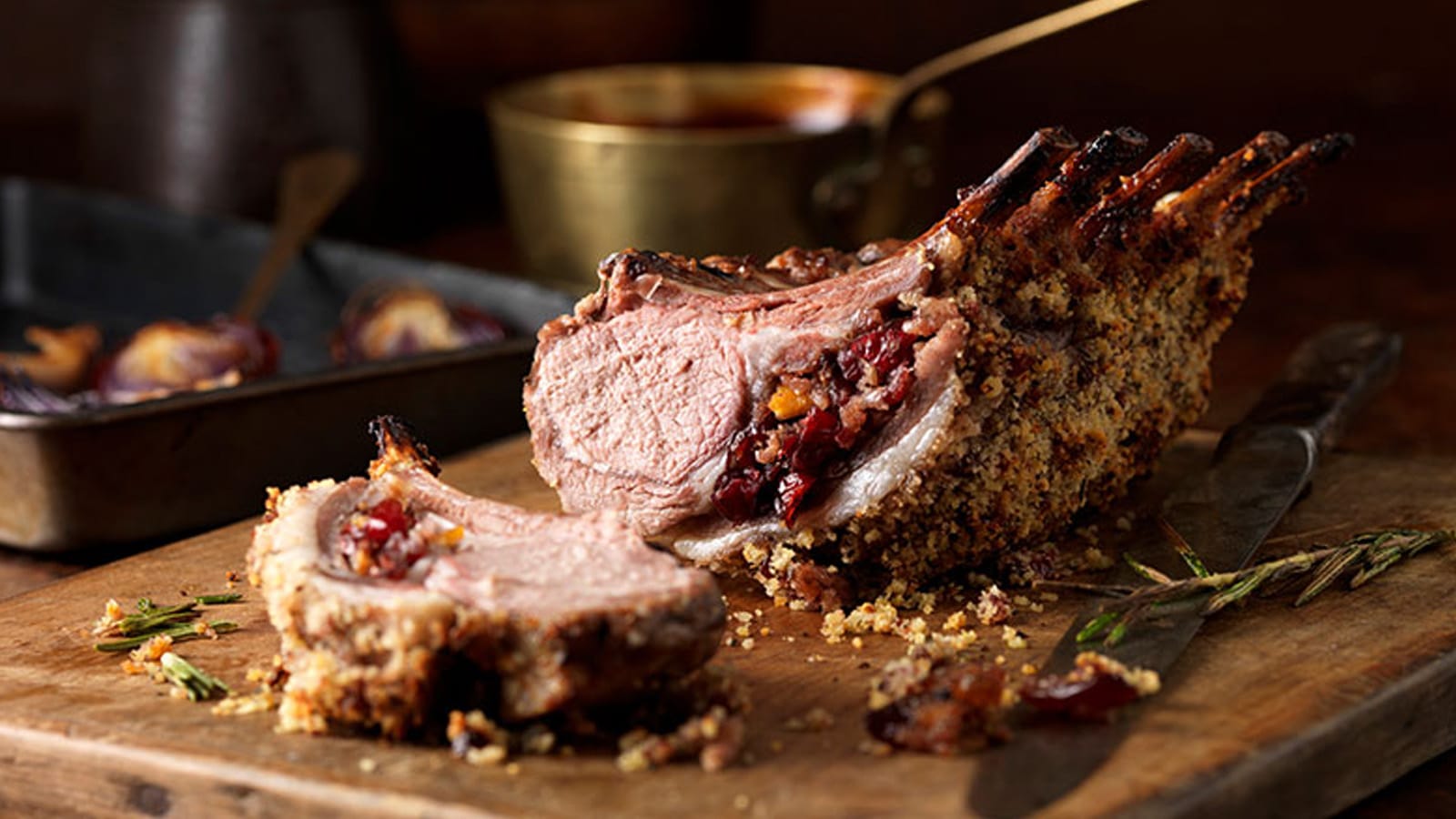
Conclusion and Final Tips
As we wrap up our journey through the various cuts of lamb and their culinary magic, it's clear that lamb is a versatile and flavorful meat that can elevate any dining experience. Understanding the distinctions between different cuts not only helps you choose the right piece for the occasion but also broadens your cooking repertoire.
Embracing Variety in Lamb Cuts
While many of us gravitate toward the usual leg of lamb for holiday meals, don’t shy away from exploring other options like shoulder or neck. Each cut has its unique qualities that can surprise and delight:
- Shoulder and neck cuts are fantastic for slow cooking, making them perfect for stews and braises that coax out deep flavors.
- Loin and rack cuts shine when grilled or roasted, presenting an elegant option for special dinners.
Remember, price doesn’t always dictate quality. Sometimes the more economical cuts can offer richer flavors, especially when cooked properly.
Practical Cooking Tips
To ensure your lamb dishes turn out perfectly, consider these quick tips:
- Bring to Room Temperature: Always let your lamb sit out for about 30 minutes before cooking for even results.
- Use a Meat Thermometer: Aim for an internal temperature between 135°F to 145°F for the perfect doneness.
- Rest the Meat: After cooking, let your lamb rest for at least 10-15 minutes to allow the juices to redistribute. This will keep your meat juicy and flavorful.
Incorporating lamb into your cooking provides endless opportunities to create hearty, flavorful meals. So, gather your loved ones, create lasting memories around the dinner table, and savor the rich culinary experiences lamb has to offer!

A Bergen County institution celebrating authentic Jewish cuisine since 1985. Our pastrami—brined for 14 days, smoked over applewood for 12 hours, and steamed to perfection—creates a melt-in-your-mouth experience that rivals Manhattan’s finest delis. Our rye bread is baked fresh daily using a century-old recipe from Poland. Featured in Food & Wine’s “Top 10 Delicatessens in America” and on Food Network’s “Best Thing I Ever Ate.” Chef Moshe Greenbaum, a third-generation deli master trained at the Culinary Institute of America, ensures every sandwich meets our exacting standards. No wonder our customers drive from three states away.
Leave a Reply